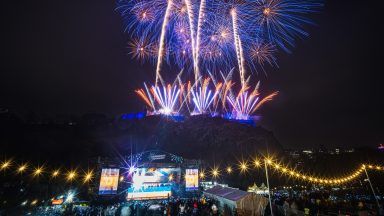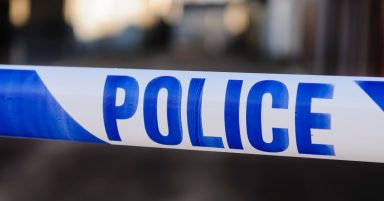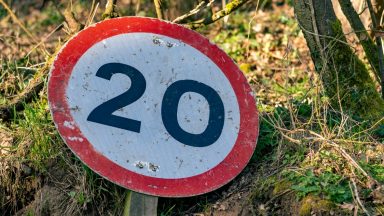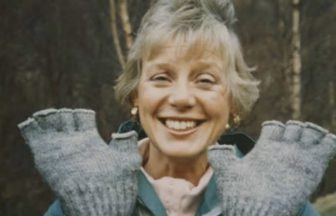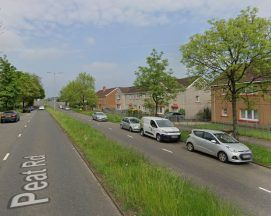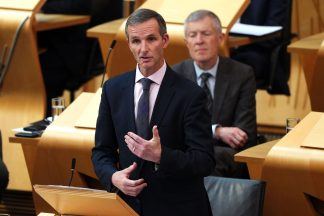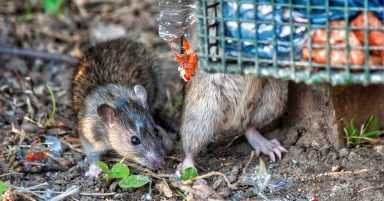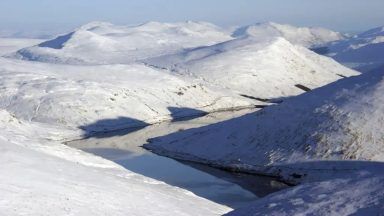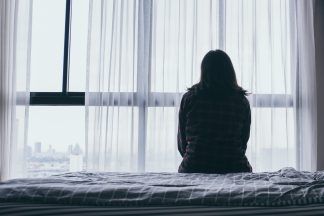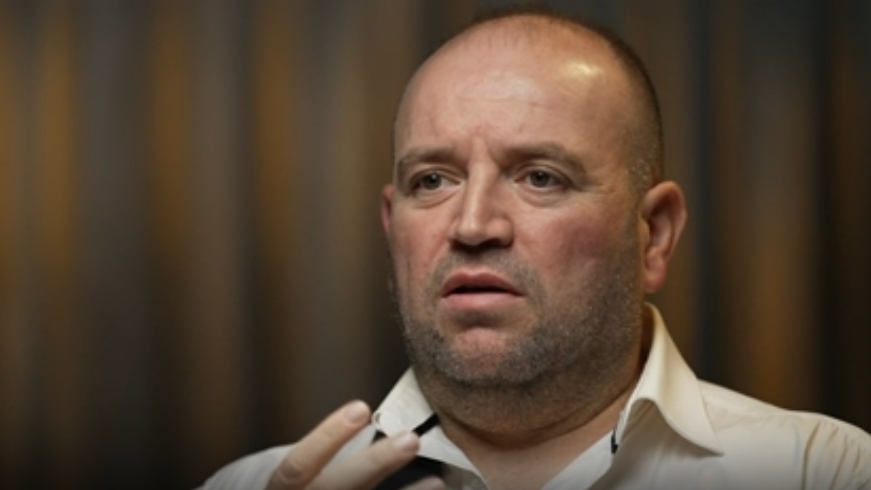The lifting of coronavirus restrictions is to be accelerated, with lockdown measures being eased from Friday.
First Minister Nicola Sturgeon said Scots will be able to leave their local authority area for the purposes of socialising, recreation or exercise.
Six adults from up to six households will be able to meet up outdoors.
The First Minister also said the government is “extremely confident” that parts of the country currently under level four restrictions will move to level three on 26 April.
Mainland Scotland and some islands have been under level four restrictions – carrying stay at home guidance – since January 5.
Orkney, Shetland and islands in the Highland and Argyll and Bute local authority areas – with the exception of Skye – are already under level three restrictions.
The Scottish Government’s updated framework on the planned easing of restrictions is available here and the key dates can be viewed at a glance below.
All of the indicative dates are subject to change in accordance with the prevalence of the virus and the progress of the vaccination programme.
From April 16:
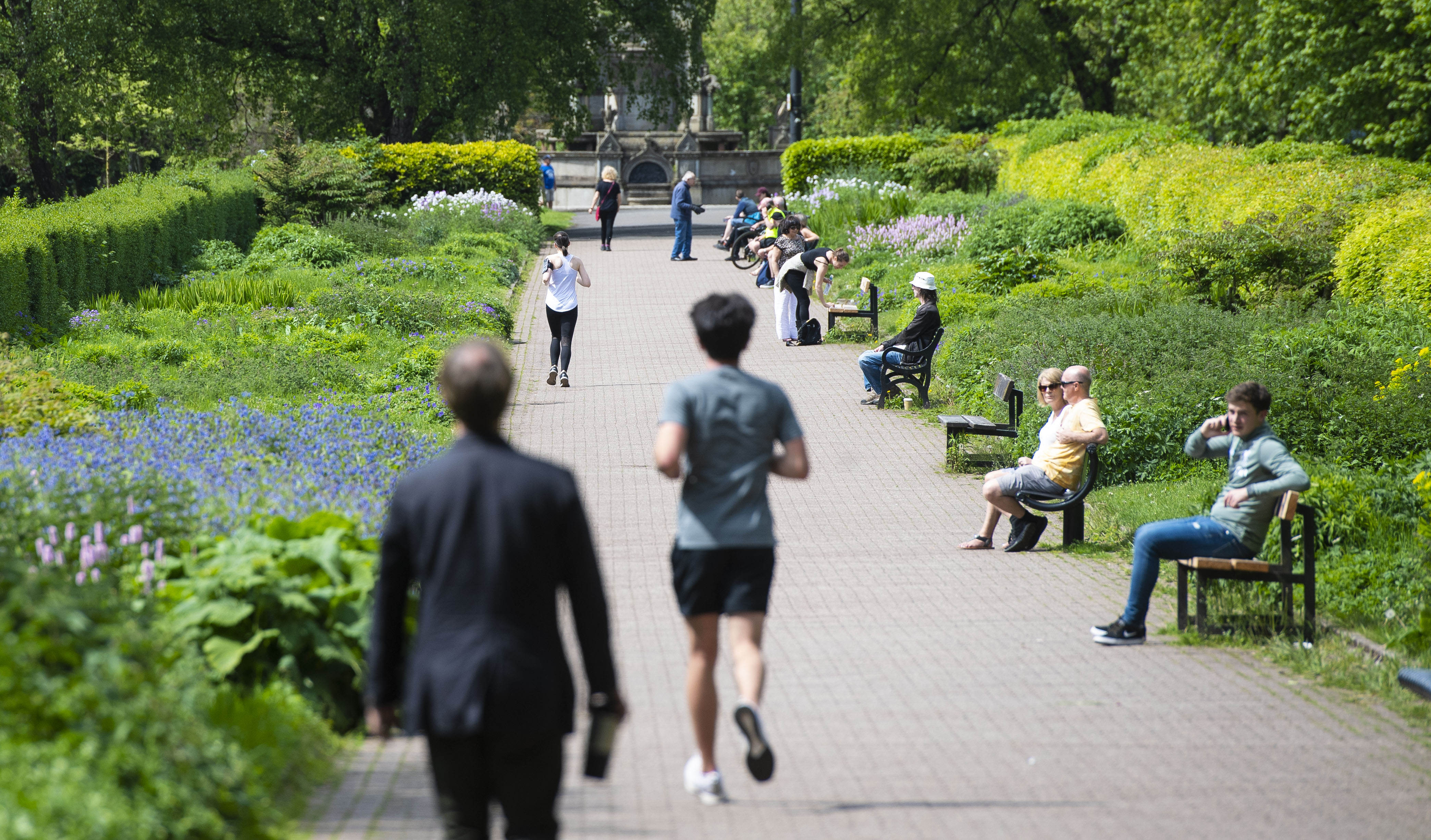 SNS Group
SNS GroupTravel: People will be able to leave their local authority area and travel anywhere in mainland Scotland for the purposes of socialising, recreation or exercise, though travel between the mainland and some islands will not be permitted.
Socialising: Rules on gatherings will also be relaxed, with six adults from up to six households able to meet up outside.
From April 26:

Levels: The whole of Scotland expected to move into level three.
Retail: All non-essential retail permitted to reopen.
Socialising: Under level three restrictions, up to four people from two households can socialise indoors in a public place, such as a cafe or restaurant. No in-house socialising permitted.
Travel: The islands, which could have moved to level two, will stay in level three to open travel to and from the mainland. Journeys across the border to England will also be permitted, with reviews planned on journeys to Northern Ireland and the Republic.
Hospitality: Hospitality venues like cafes, pubs and restaurants can open until 8pm indoors – but without alcohol – and 10pm outdoors where alcohol is allowed to be consumed.
Gyms: Gyms can open for individual exercise.
Tourism: Tourist accommodation can open with restrictions in place.
Driving lessons: Driving lessons and tests can resume.
Weddings and funerals: Funerals and weddings including post-funeral events and receptions can take place with up to 50 people, but no alcohol may be served.
Visitor attractions: Indoor attractions and public buildings such as galleries, museums and libraries can open.
From May 17:

Levels: Scottish Government plans to move all of Scotland to level two.
Socialising: Under level two restrictions, up to six people from three households can socialise indoors in a public place, such as a cafe or restaurant. Four people from two households can socialise inside a house. Eight adults from up to eight households are able to meet up outside.
Hospitality: Venues can open and sell alcohol indoors until 10.30pm or outdoors until 10pm.
Sport: Outdoor adult contact sport and indoor group exercise can restart.
Recreation: Cinemas, amusement arcades, and bingo halls can open.
Events: Small-scale outdoor and indoor events can resume subject to capacity constraints.
Support: Face-to-face support services (where not possible to deliver remotely) can resume.
Further education: Universities and colleges can return to a more blended model of learning. Non-professional performance arts can resume outdoors.
Worship: Communal worship can open, subject to capacity constraints.
From early June:
 iStock
iStockLevels: Scottish Government plans to move Scotland into level one in early June.
Socialising: Under level one restrictions, up to eight people from three households can socialise indoors in a public place, such as a cafe or restaurant. Six people from three households can socialise inside a house. Twelve adults from up to twelve households are able to meet up outside.
Hospitality: Hospitality can remain open until 11pm.
Events: Attendance at events can increase, subject to capacity constraints.
Sport: Indoor non-contact sport can take place.
Weddings, funerals and places of worship: Numbers of guests at weddings, funerals and in places of worship may be able to increase.
From late June:

Levels: The Scottish Government plans to move Scotland into level zero by the end of June.
Socialising: Under level zero, restrictions up to 10 people from four households can socialise indoors in a public place, such as a cafe or restaurant. Eight people from four households can socialise inside a house. Fifteen adults from up to fifteen households are able to meet up outside.
Offices: A phased return of some office staff.
Steps that have already been taken
From February 22:

Schools: Primaries one, two and three returned to class full-time in late February. Nursery children also went back on that date, along with some senior pupils facing assessments in S4-S6 on a part-time basis.
Care homes: Regular visiting resumed in Scottish care homes from early March, with residents allowed to have two designated visitors each. Each designated visitor can see their relative once a week.
Socialising: Rules eased from Friday, March 12 to allow outdoor meetings of four people from two households.
Sport: Non-contact outdoor group sports for 12-17-year-olds – in groups of up to 15 – were also permitted to resume from March 12.
From March 15:

Schools: The second phase of schools reopening began on March 15. Primary four to seven pupils returned full-time and all secondary school pupils went back on a part-time ‘blended learning’ basis until Easter.
Universities and colleges: Phased return of a further small number of priority students for in-person learning.
Communal worship: Places of worship reopened with numbers restricted to 50 – up from the previously proposed limit of 20 – from March 26.
From April 2:

Stay at home: The ‘stay at home’ order changed on April 2 to ‘stay local’, allowing for travel within a local authority area for non-essential purposes.
From April 5:

Hairdressers: Hairdressers and barbers opened in Scotland for pre-booked appointments on April 5.
Retail: More retailers including click-and-collect services, garden centres, car dealerships, homeware and electrical repair stores began welcoming back customers.
Sport: Outdoor contact sports for 12-17-year olds returned.
Further education: More university and college students returned for in-person teaching.
From April 12:

Schools: All pupils returning to school full time after the Easter holiday – start date varies according to the local authority.

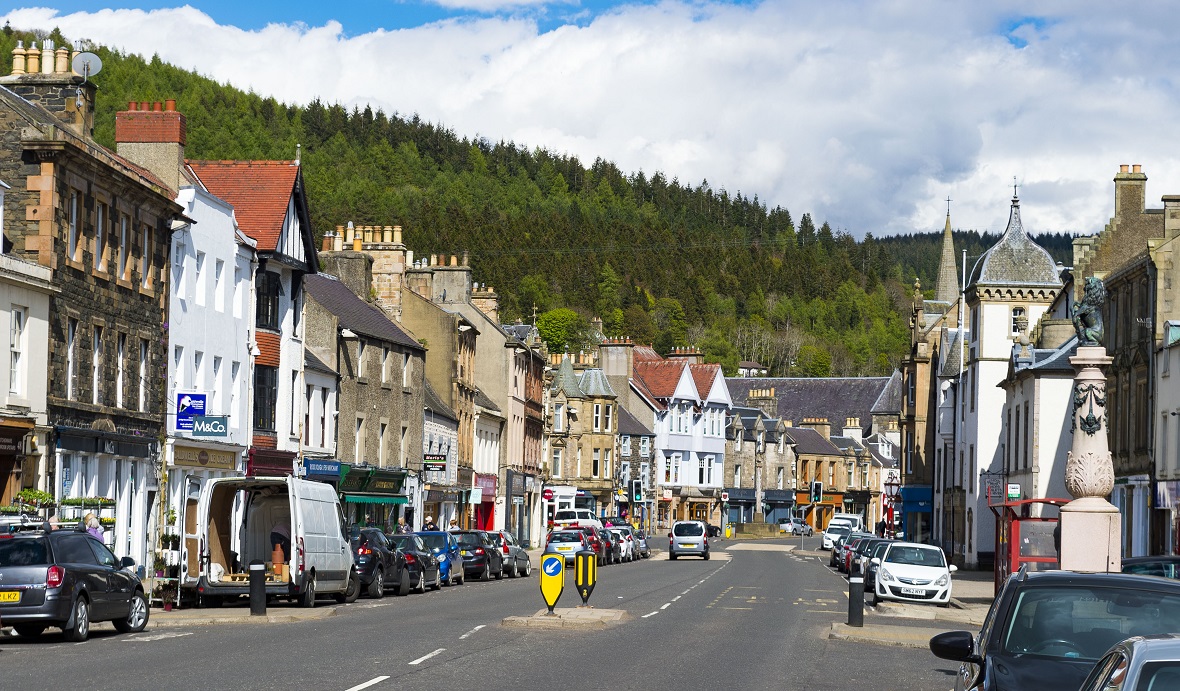 SNS Group
SNS Group




